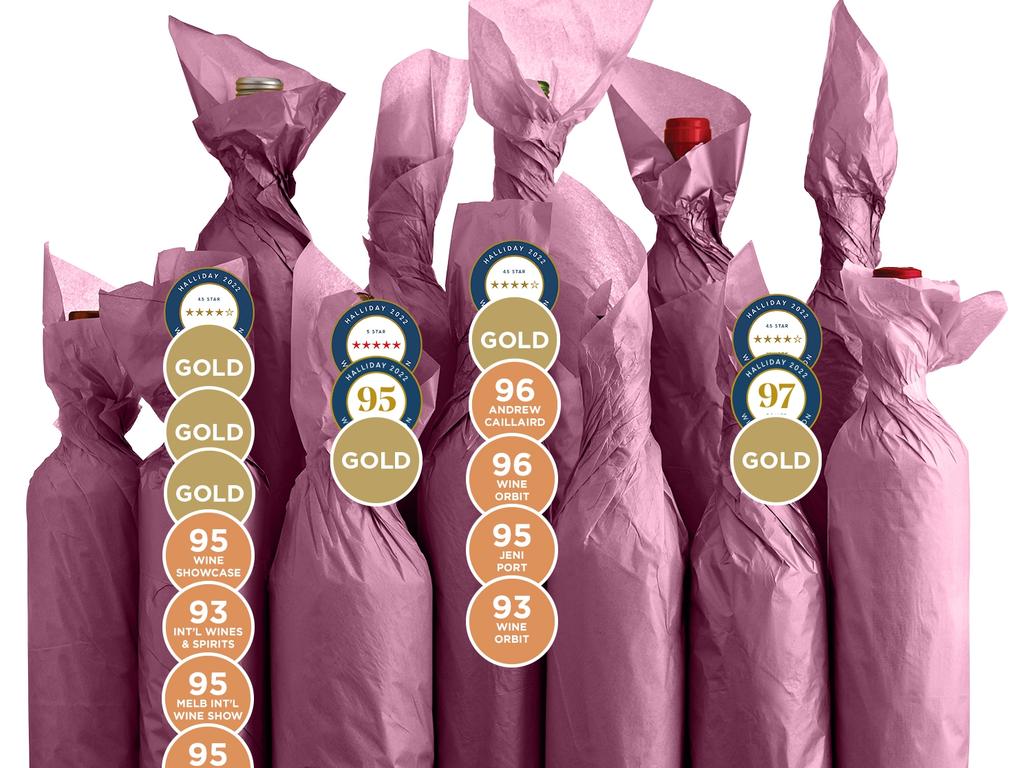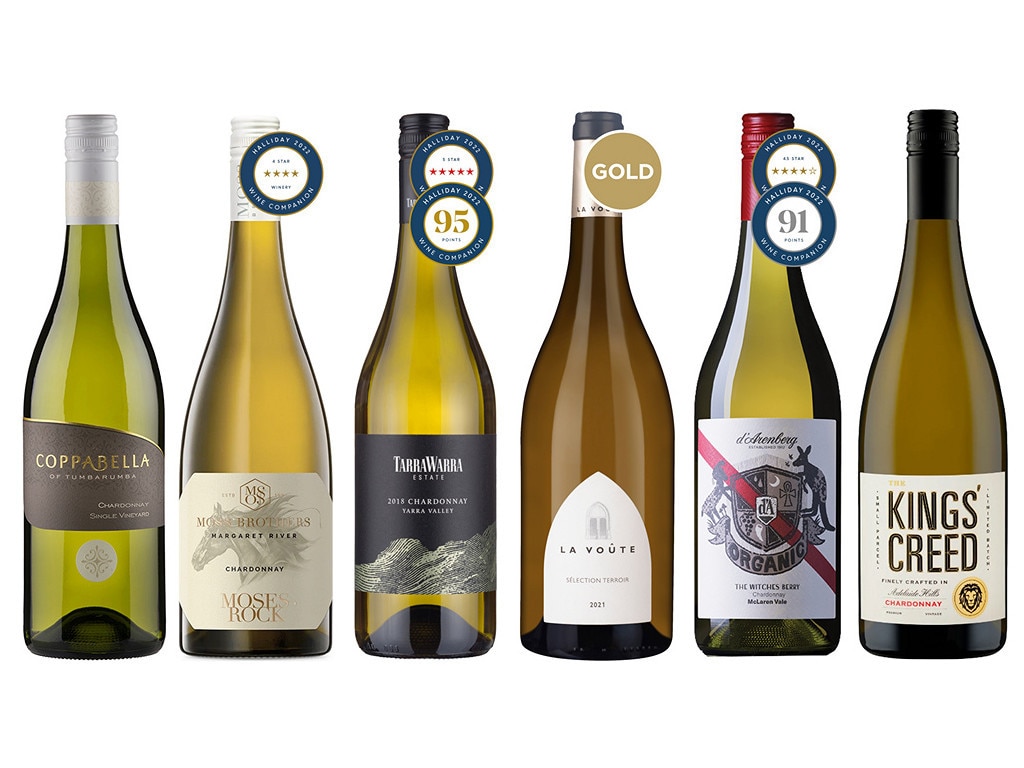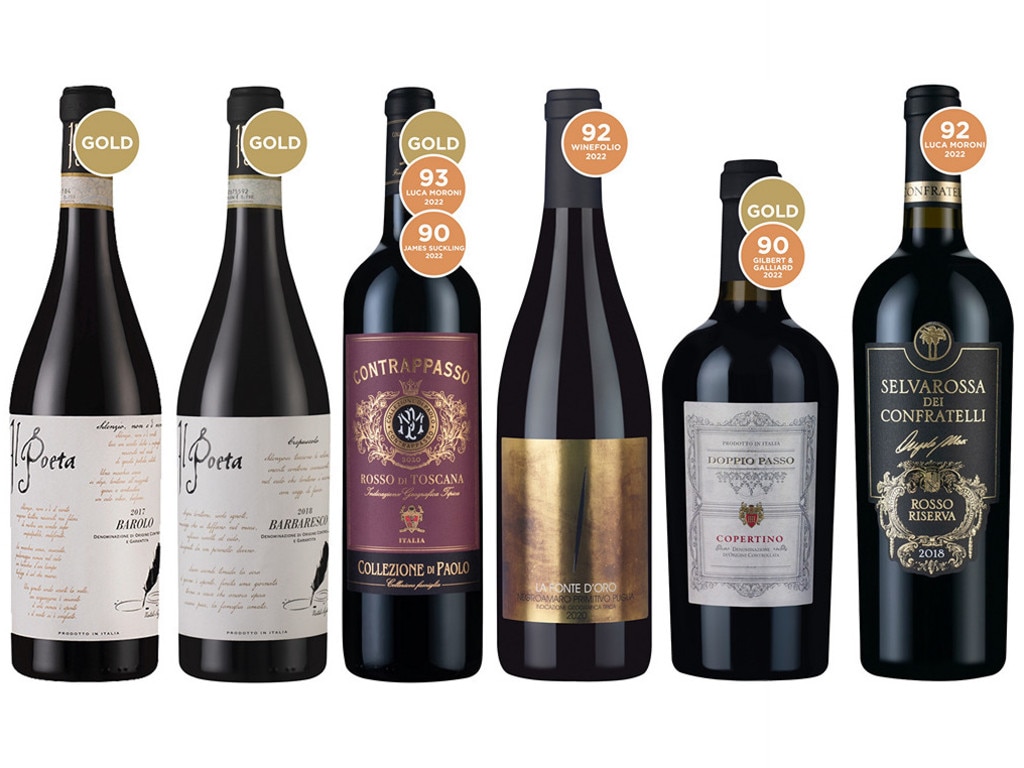At $1650 a bottle, Seppeltsfield 100-year-old Para Vintage Tawny bids for new generation
Can this legendary Barossa winery revive flagging interest in fortified wine and attract a new generation of collectors?
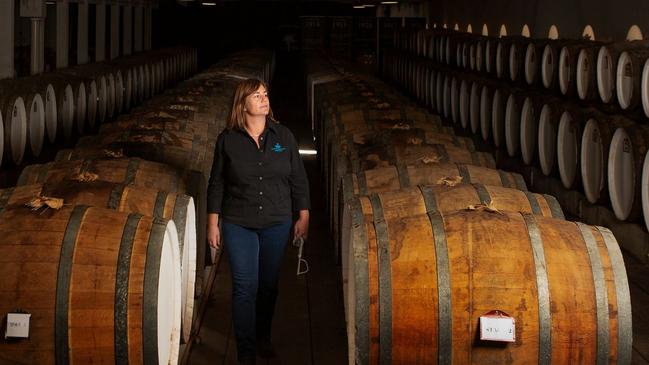
At $1650 for a 100ml bottle, Seppeltsfield’s vintage tawny port is Australia’s liquid gold.
More expensive than Penfolds Grange, the 100 Year Old Para Vintage Tawny’s heritage stretches back to 1878 and has been described by wine critic James Halliday as having “no parallel anywhere in the world”.
But today, with the release of the 1923 vintage, Seppeltsfield, based in the Barossa Valley, begins an ambitious venture to attract well-heeled millennials to a style of wine more popular in their grandparents’ day.
“We want to make sure this absolutely incredible legacy becomes relevant to the fine wine collectors of the future,’’ Seppeltsfield chief winemaker Fiona Donald said. “We’re blowing the dust off the category.’’
Admitting to “a little nervousness’’, the Seppeltsfield team, led by owner Warren Randall, has changed the packaging of the iconic wine for the first time in 15 years, adding contemporary blue, black and silver flourishes to the traditional label.
The petite oval-shaped bottle comes tucked inside a black wooden box, along with a personalised certificate and the signature of Bill Seppelt, the great great grandson of founder Joseph and Joanna Seppelt.
The Seppeltsfield story is part of Australian wine folklore: Joseph, a Silesian immigrant, purchased 158 acres (64ha) for £1 an acre in 1850 to grow tobacco but found the land was ill-suited. He and son Benno decided to try their hand at grape-growing and winemaking and ended up cashing in on England’s taste for Australian fortified wines out of “imperial preference”.
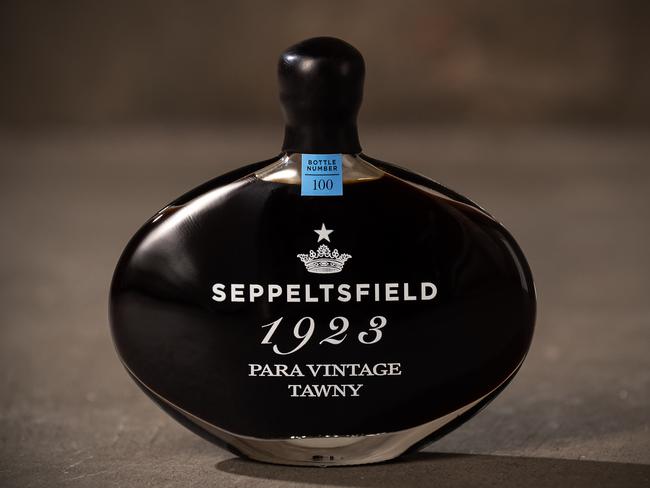
At its height in the early 1900s, Seppeltsfield was far more than a business: it was a village with its own school, canteens and lodgings for workers, who were together producing two million litres of liquor a year, more than any other Australian winery.
Benno made the critical decision in 1878 to put aside a 500-litre barrel of his finest wine under strict orders that it mature for 100 years. Each year, the tradition continued, with that first barrel not released until 1978.
“It’s amazing to think that every year after 1878 a barrel was put aside – through the Depression and world wars and family squabbles and corporate ownership changes,’’ Ms Donald said. “When we put away the 2022 barrel, I was thinking not even the children of our staff will taste this.”
But the challenge now is that the popularity of fortified wines has declined in recent decades, with super premium table wines and spirits such as whisky becoming far more collectable.
“We believe we can attract a new generation of fine wine collectors – the luxurian millennials,’’ Seppeltsfield marketing head Lauren Mudge said. “Many of these people are actually starting to inherit collections and this is sparking interest.”
Ms Donald describes the 1923 vintage as boasting intense, concentrated and fresh flavours, led by citrus peel acidity, with plum pudding, chocolate, ginger, spice and dusty cedar characters driving complexity.
John Lehmann is The Australian Wine Club cellar director


